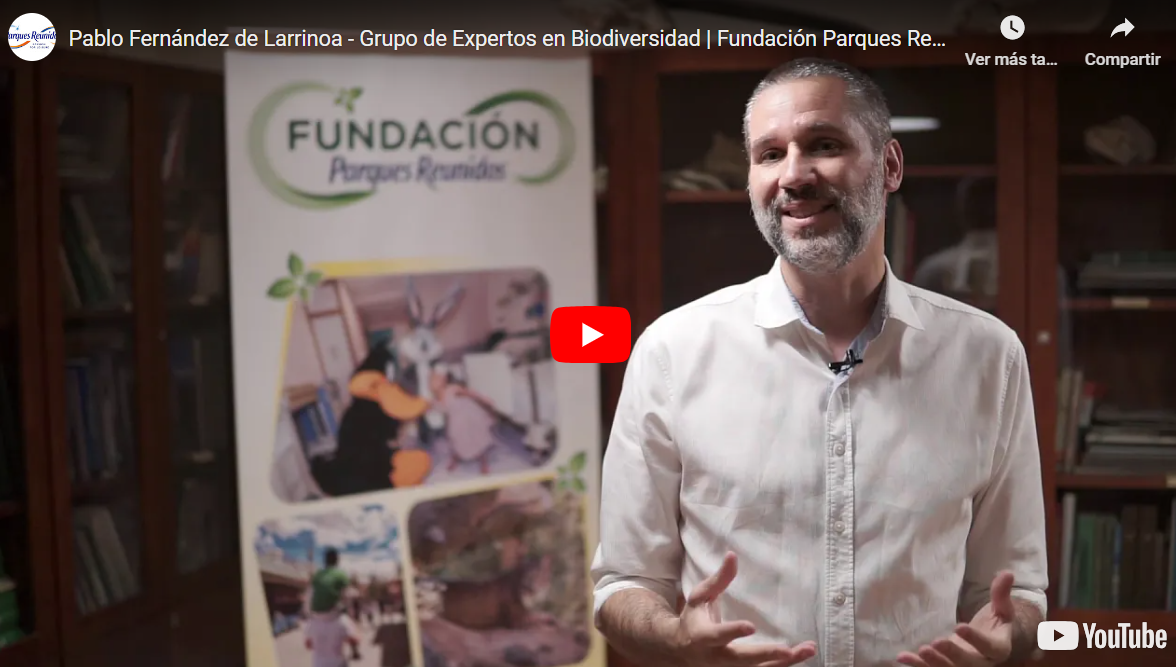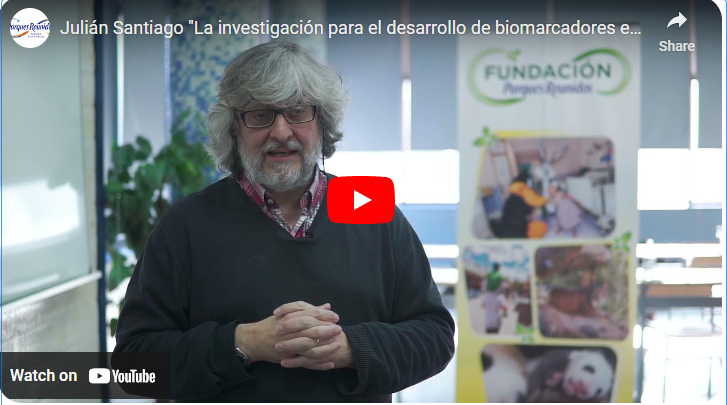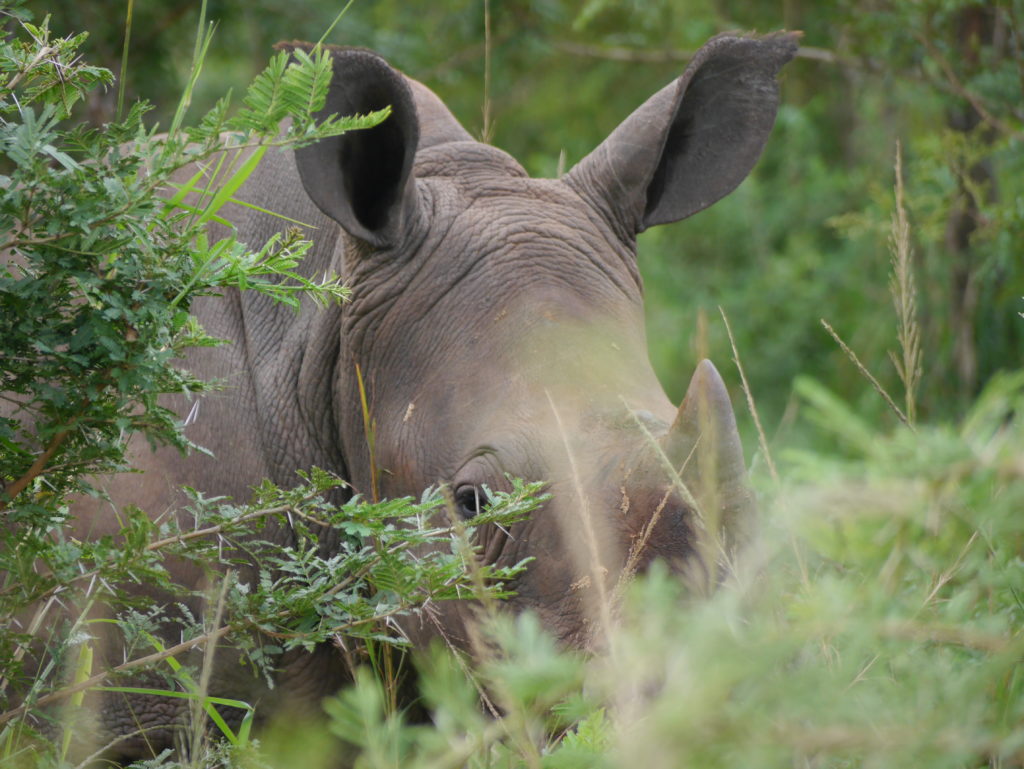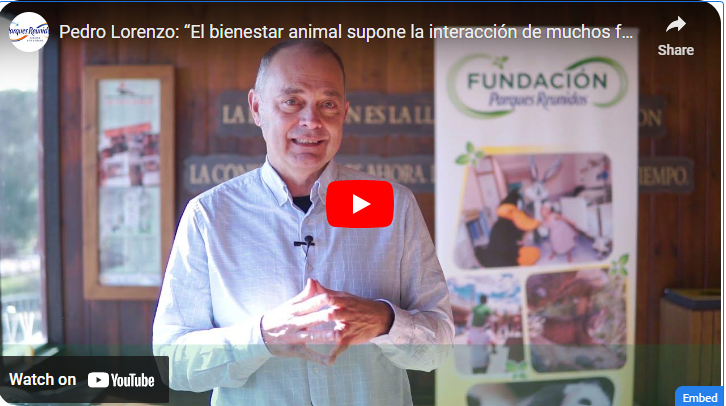
PARQUES REUNIDOS FOUNDATION AND THE MONK SEAL
“Biodiversity & Research” is one of the Parques Reunidos Spirit‘s pillars, along with Childhood & Health”, “Social Inclusion” and “Education & Awareness”. Programs within Biodiversity & Research support projects that are fighting for ecosystem conservation and for the protection of threatened species, as well as those that promote research and contribute to developing techniques for breeding, veterinary practice, animal care and animal handling.
The Foundation’s situ conservation programs support projects that work for the protection and reintroduction of species undertaken at the original habitat locations, where biodiversity issues are most concerning.
The Monk seal conservation program is a flagship project within the Parques Reunidos Spirit. The monk seal is an extraordinary animal which, as opposed to other seal species, is the only one that lives in warm waters and is the most primitive pinniped in the world. They are very sociable animals, although males can be very territorial. They are quite large as well, reaching up to masses of 300 kgs., and they usual live up to 22 years.









